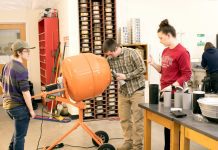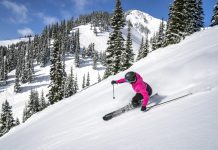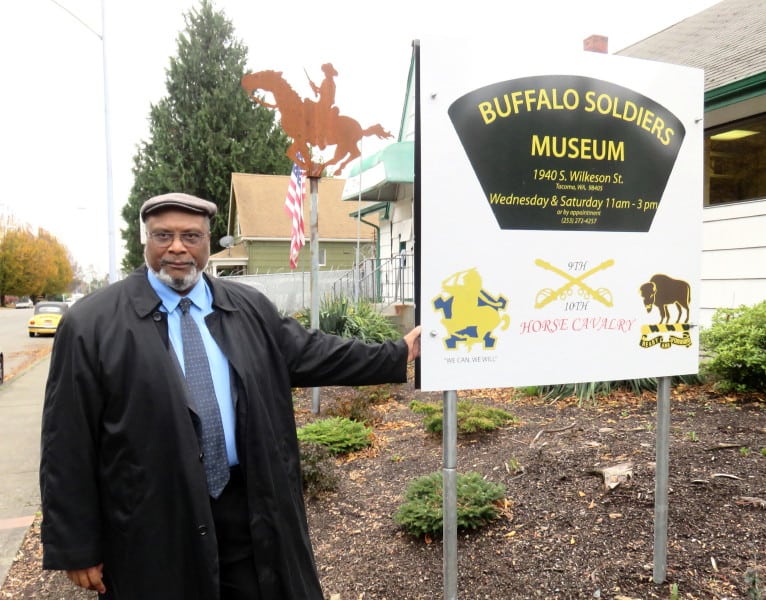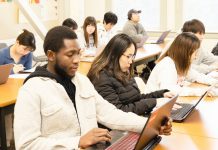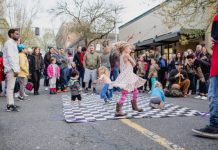The Buffalo Soldiers Museum in Tacoma is a museum that should not be overlooked. It showcases six rooms (2,500-square-feet) of American history in chronological order, serving as a community resource encompassing a significant and often overlooked aspect of our country’s history.
The museum was founded in 2000 by William Jones, a Buffalo Soldier from 1940-1944. Jackie Jones-Hook, executive director for the Buffalo Soldiers Museum, says her father, Jones, served in Africa and Italy during World War II and was a World War II Prisoner of the Korean War for two years. “I never saw my dad until I was 2 years old,” Jackie explained.
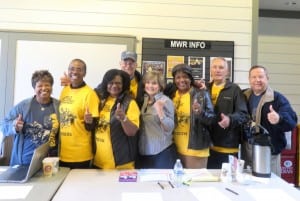
After Jones retired from the military, he ran his own business and collected memorabilia from his army friends. With the items he collected, he decided to start the Buffalo Soldiers Museum. According to Jackie, the museum is one of only two in the nation.
In 2009, Jones passed away and Jackie assumed the role of executive director for the museum. She has been managing it since.
The term “Buffalo Soldiers” came about for three reasons: 1. The curly hair of the soldiers looked similar to a buffalo; 2. The soldiers’ personalities were brave and fierce, similar to that of a buffalo; and 3. The soldiers wore thick coats made of buffalo skin during the winter.
Regardless of the reason for the name, the Buffalo Soldiers regarded their nickname with honor and respect. More than 200,000 Black American men fought during the Civil War and in 1866, through an act of Congress, legislation was adopted to create six all Black American army units. The units were identified as the 9th and 10th cavalry and the 38th, 39th, 40th and 41st infantry regiments. The four infantry units were reorganized in 1868 as the 24th and the 25th infantry. Black soldiers enlisted for five years and received $13 per month, far more than they could have earned in civilian life. The main priority of the Buffalo Soldiers was to protect settlers as they moved west and to support the westward expansion by building the infrastructure needed for new settlements to flourish.
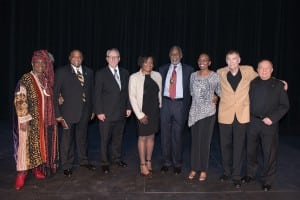
The six rooms in the Buffalo Soldiers Museum are laid out in chronological order, taking visitors from the first room which looks at how Black Americans transition from slavery to the military all the way through to the final room which looks at the role of the Buffalo Soldiers during the Korean War.
The Buffalo Soldiers Museum’s mission is “to educate, preserve, and present,” and Jackie is currently working on grant that would help the museum better tell the story of the Buffalo Soldiers. Jackie wants the acts of bravery and heroism that were performed by these “invisible men” to be told in our history books.
“We support all military people who served and we need to look at America’s roots and how it began,” Jackie explains. “What does our future hold? It’s a question we need to ask. And hopefully that can be answered when you visit the museum.”
In 2016 the Buffalo Soldiers Museum will be teaming up with some Tuskagee airplanes from World War II to create a history and cultural festival that will be held on Joint Base Lewis-McChord. There will be food, arts, crafts and music. More details to follow at buffalosoldierstacoma.org.
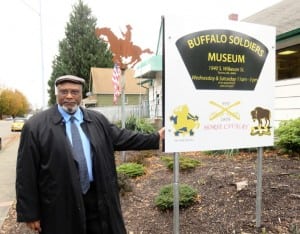
The public is welcome to visit the Buffalo Soldiers Museum located at 1940 South Wilkeson Street in Tacoma on Wednesdays and Saturdays from 11:00 a.m. to 3:00 p.m. or by appointment. There is free parking available and donations are accepted. “The museum is intended to share what is not taught in school about American history,” Jackie explains. “We need to look at American history and begin the dialogue on making America great again and realizing the early great beginnings.”








